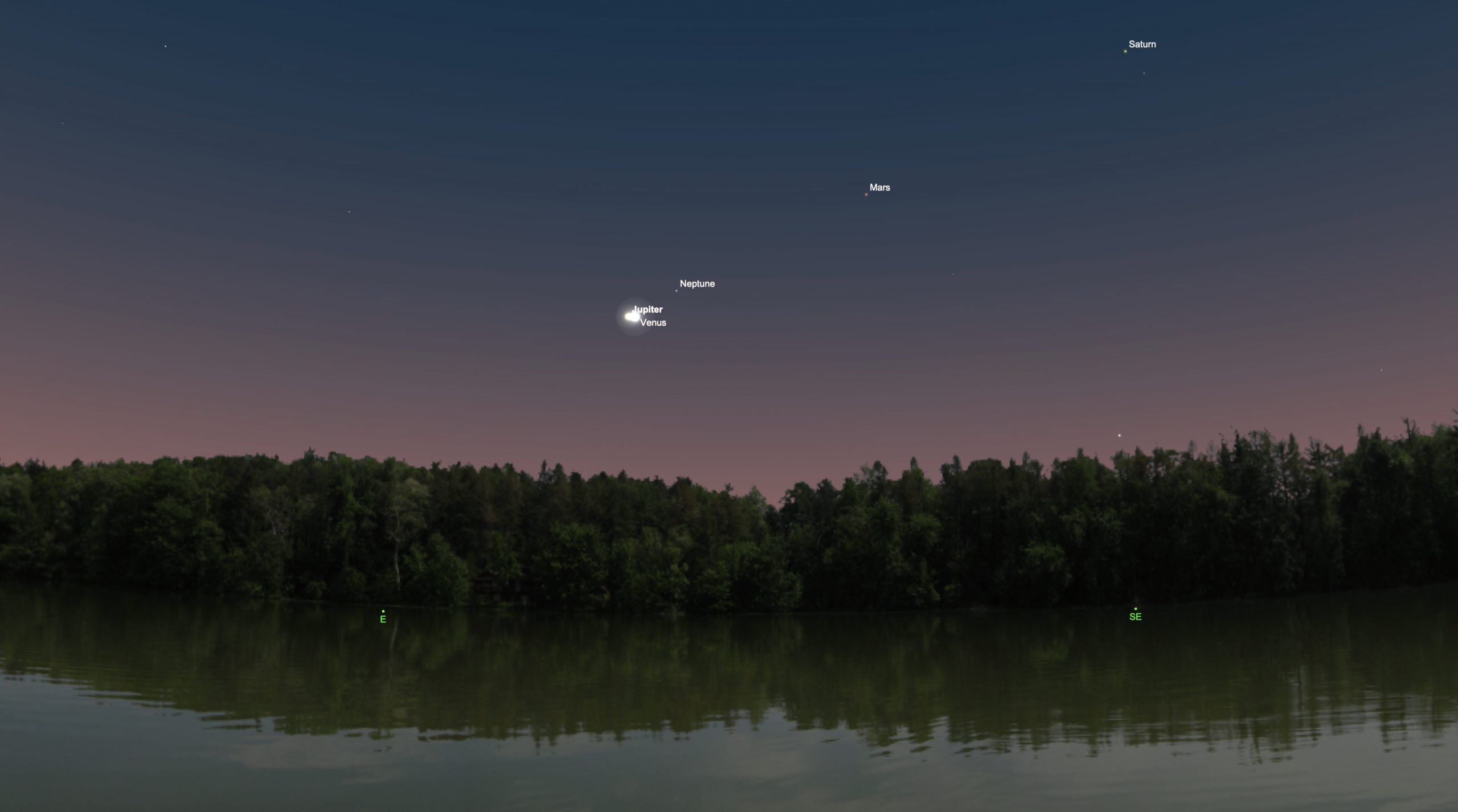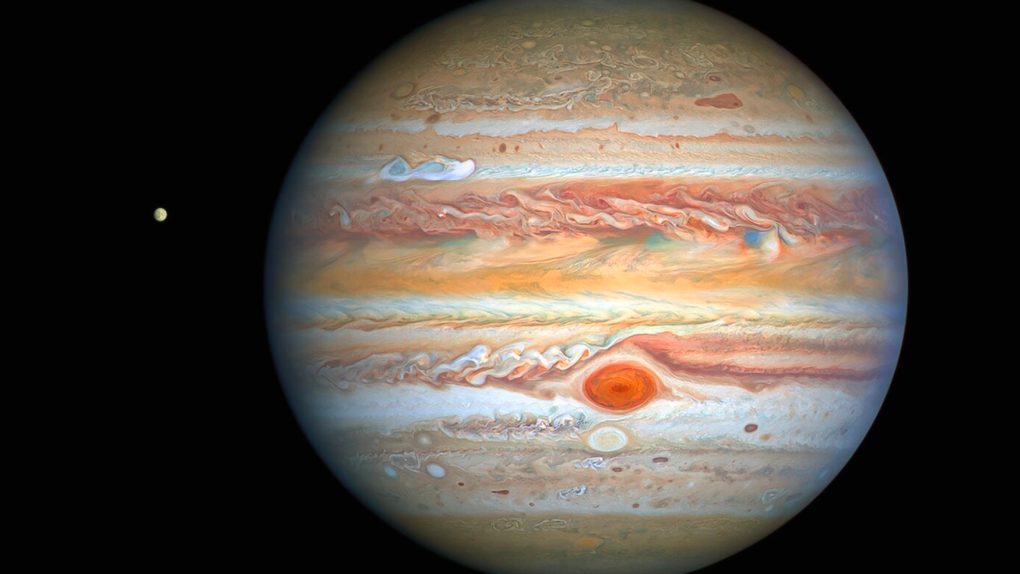Jupiter is the largest planet in our Solar System. It’s so large, in fact, that even a tiny shift in Jupiter’s orbit could change Earth forever. Despite its size, seeing Jupiter from Earth without a telescope is a rare treat. This month sky watchers will get a chance to see Jupiter without a telescope as it reaches “opposition” on September 26.
Opposition is when Earth passes directly between the sun and an outer planet. When this happens, Jupiter will be at its closest approach to Earth along its 12-year orbit. According to NASA, it will also be the closest and brightest the planet has ever been to us in the last 59 years. So, if you want to see Jupiter without a telescope, the 26 of September is a good night to head outside and do so.
What makes this opposition especially intriguing is that astronomers say Jupiter won’t be this close to Earth again for another 107 years. That means this is the only chance any of us alive right now will get to see Jupiter so closely without a telescope.
On the other side of things, though, NASA’s June spacecraft has captured some amazing data of this gas giant. Just earlier this week, scientists released the first 3D renders from JunoCam. And James Webb has captured images of auroras on Jupiter in the past, too. But, of course, it’s still extremely exciting being able to see Jupiter without a telescope this month.

The night after it completes its opposition, Jupiter will start to move away from Earth. At that point, it will become harder to see without a telescope. Granted, just because you can see Jupiter without a telescope doesn’t mean you’ll have the best view of it possible. You’ll still need a telescope, or at the least binoculars, to really get a close-up look at the gas giant.
Still, if you haven’t invested in any kind of sky watcher equipment, this is a great time to head outside to get a view of one of our Solar System’s prettiest planets.








